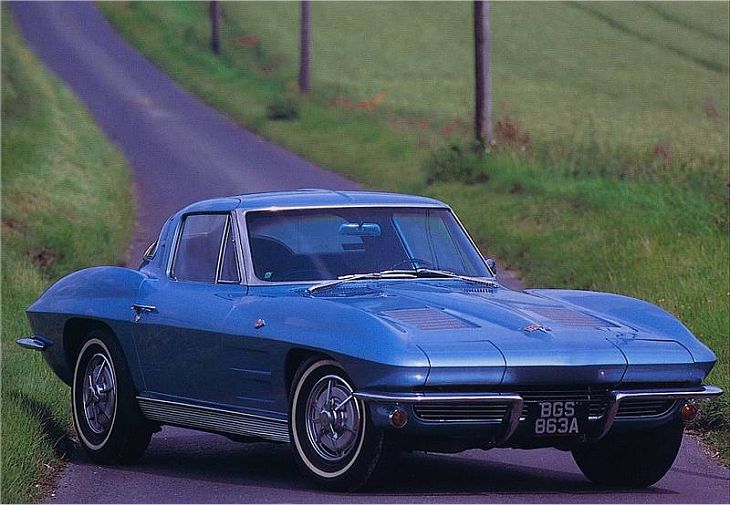Description
The 1963 Corvette Sting Ray equipped with the 327-cubic-inch V8 rated at 340 horsepower represented the top of the carbureted engine lineup for Chevrolet’s revolutionary second-generation model. As the year’s mid-range performance offering—sitting between the 300-hp dual‐quad and the 360-hp fuel-injected variants—it delivered an intoxicating blend of accessible power and mechanical simplicity. Its introduction underscored Chevrolet’s ambition to offer a range of performance levels that could satisfy both traditional enthusiasts and those seeking near‐race-car performance in a street-legal package.
Under the hood, the 340-hp version employed a Rochester “2×4” twin four-barrel carburetor setup, a hotter camshaft profile, higher compression ratio, and freer‐breathing intake manifold. These upgrades gave the engine a broad torque curve, with strong low-end punch and a willingness to rev toward 6,000 rpm. Mated to the optional close-ratio four-speed manual transmission, it could accelerate from 0–60 mph in the high-five-second range—impressive for its time—and sustain brisk in-gear pulls virtually anywhere in the tachometer’s sweep.
Chassis and handling enhancements complemented the engine’s potency. The Sting Ray’s independent double-wishbone front suspension and transverse multi-leaf spring rear setup were tuned with heavier-rate front springs and revised shock valving to control body roll under hard cornering. Standard front disc brakes provided confident stopping power, and an optional Z06 performance package further stiffened the chassis with larger anti-sway bars and upgraded leaf springs, turning the car into a formidable track performer right from the factory.
Visually, the 1963 Sting Ray’s one-year-only split‐window fastback roof and sleek hidden headlamps defined its timeless silhouette. Subtle “327” and “340” badges identified the engine under the hood, while the rest of the body wore the clean, sculpted lines and flared fenders that set the Corvette apart from its predecessor. Inside, deeply bolstered bucket seats and a twin-cowl dash with clear, driver-focused gauges provided both comfort and precise feedback—elements that reinforced the car’s dual nature as both a grand tourer and a sporting machine.
Today, the 340-hp split-window Corvette is prized for its balance of rarity, performance, and period-correct technology. With production numbers lower than the base 250- and 300-hp models but higher than the ultra-limited fuel-injected cars, it occupies a sweet spot for collectors seeking a high-output Sting Ray without the complexity and cost of maintaining mechanical fuel injection. More than six decades on, it remains a vivid expression of Chevrolet’s golden era of innovation and an enduring icon of American sports-car heritage.
